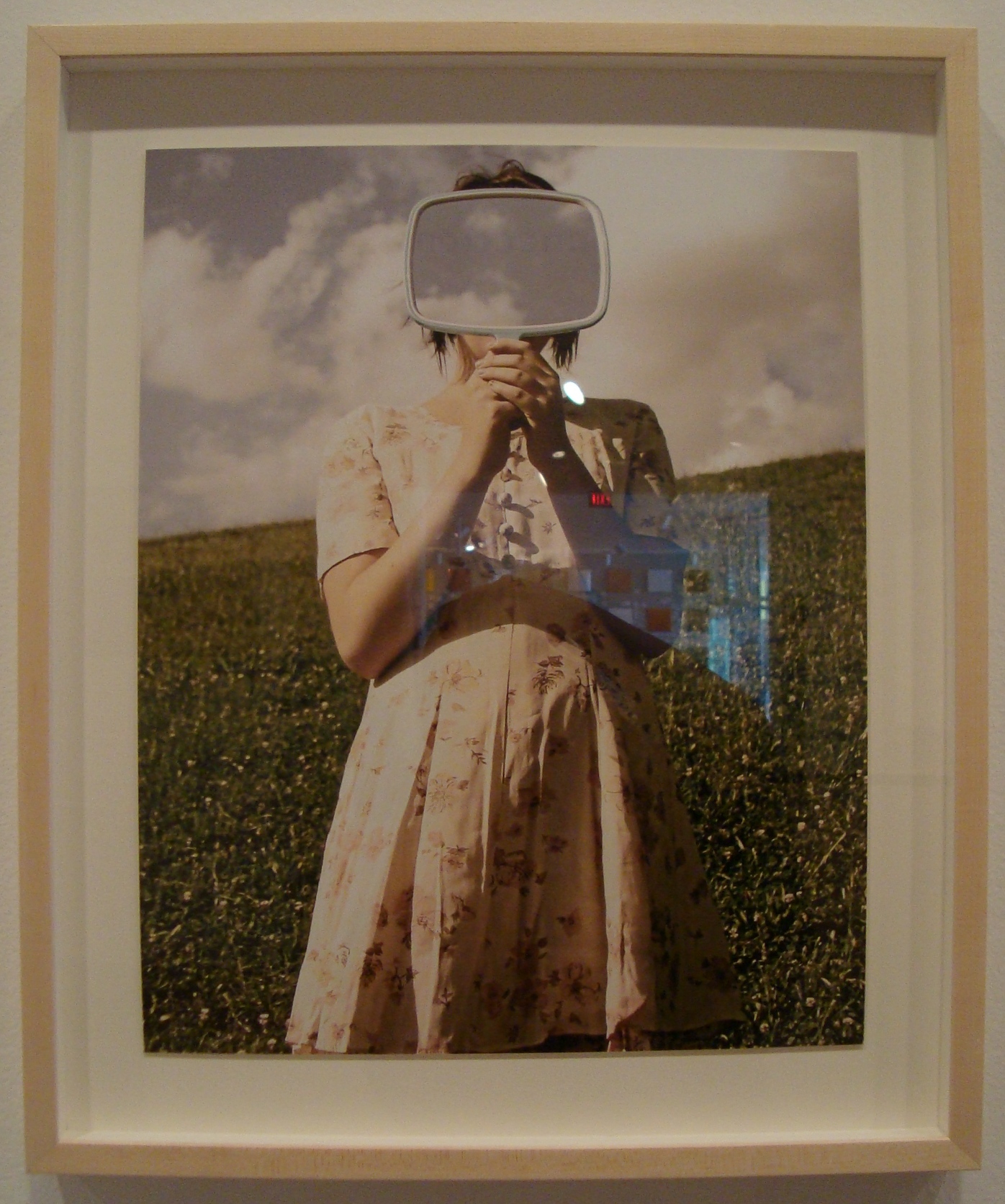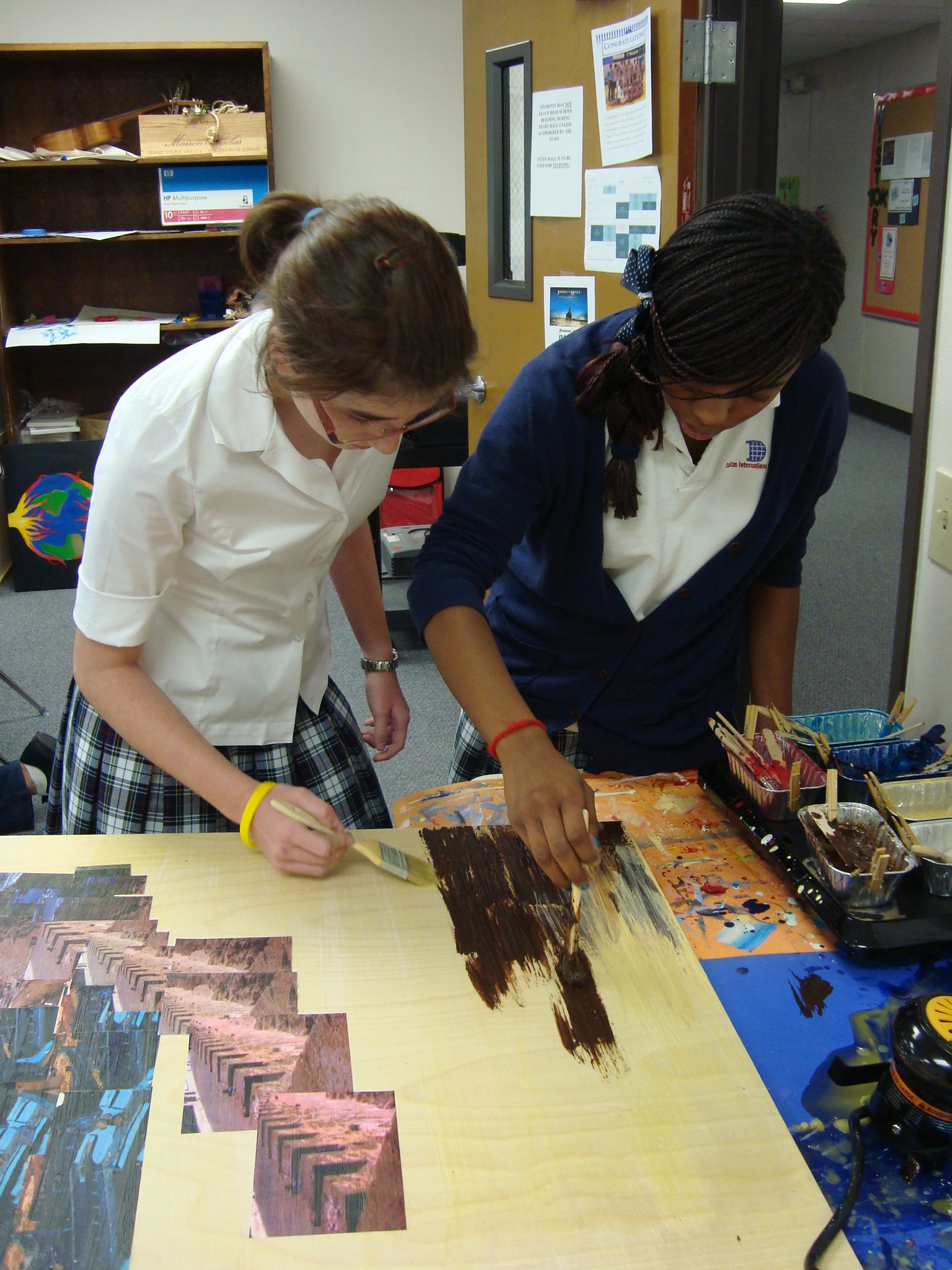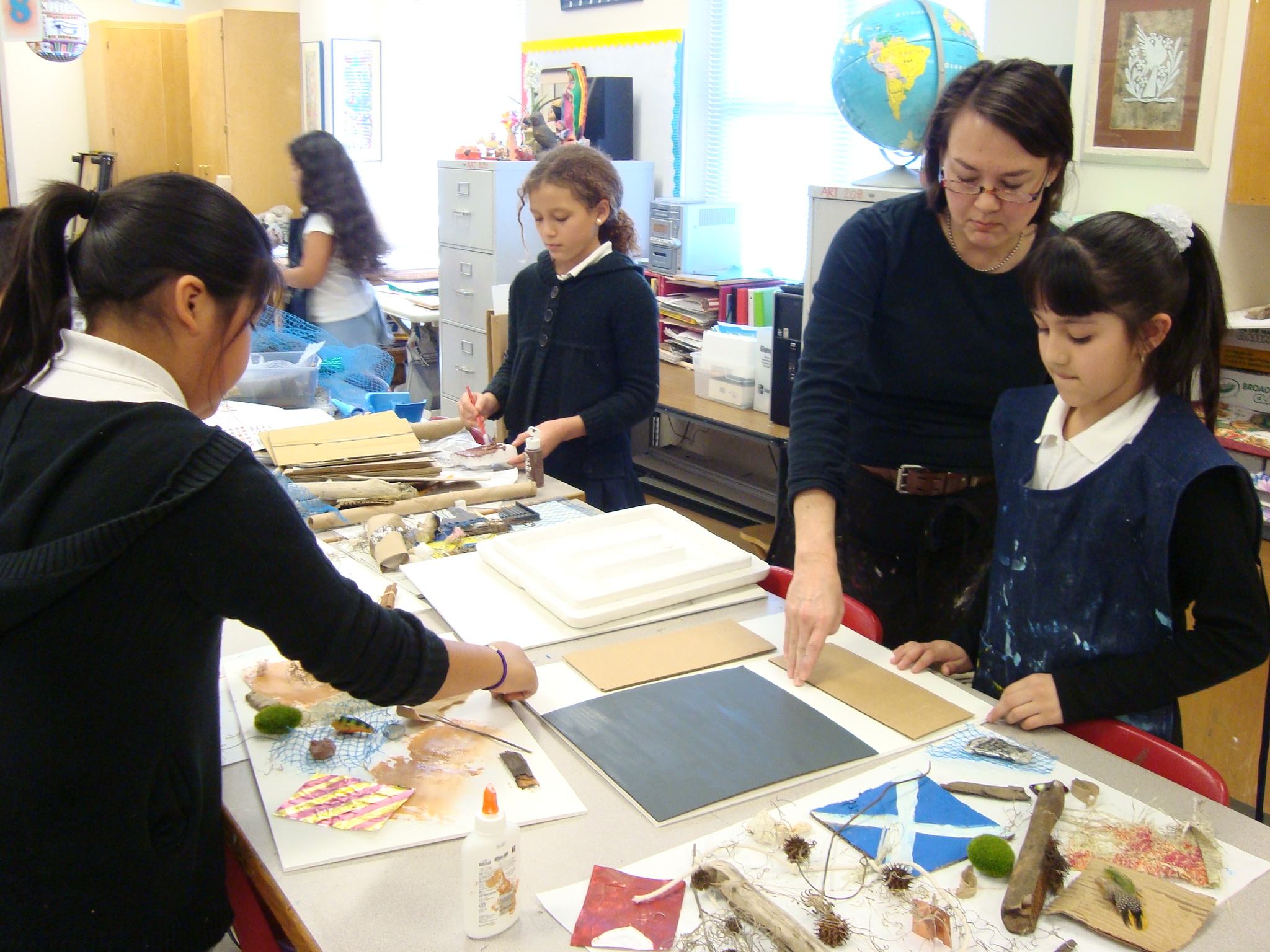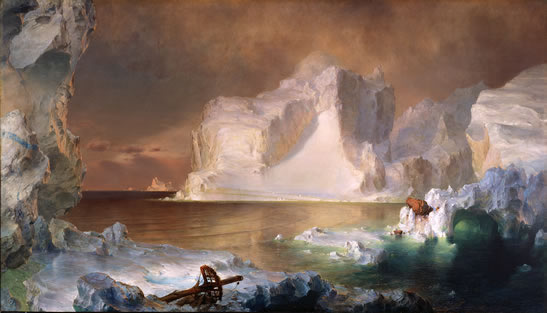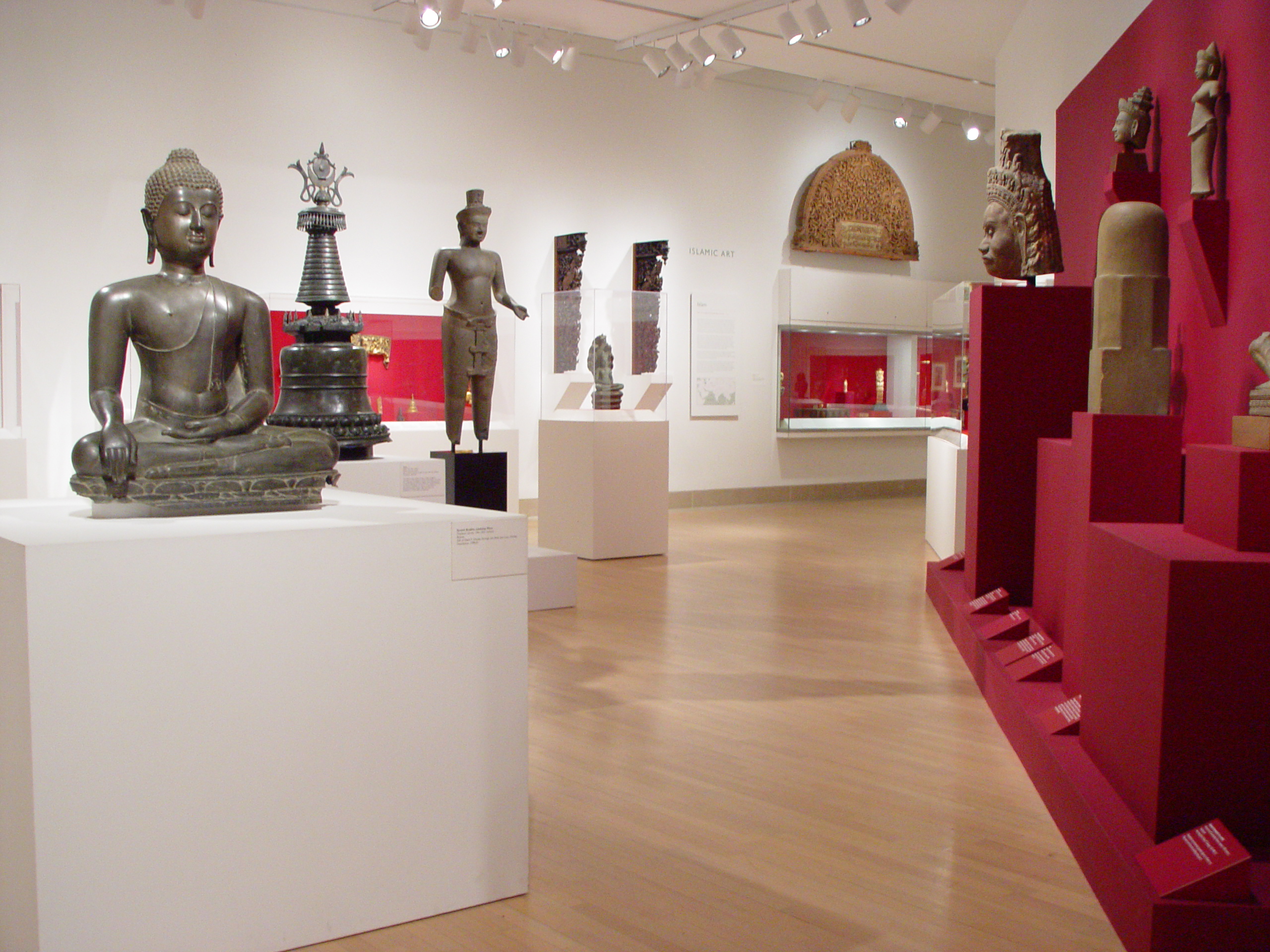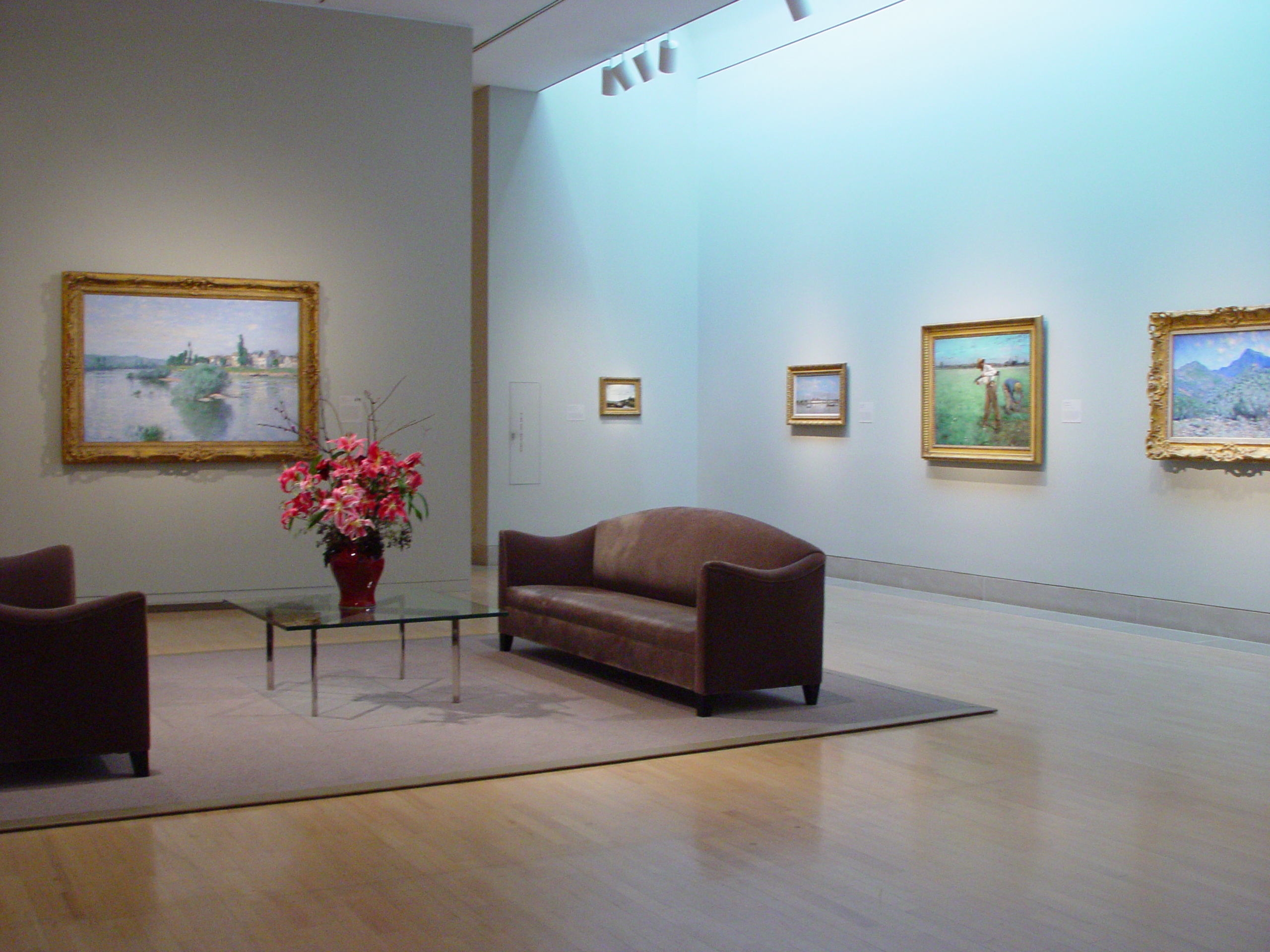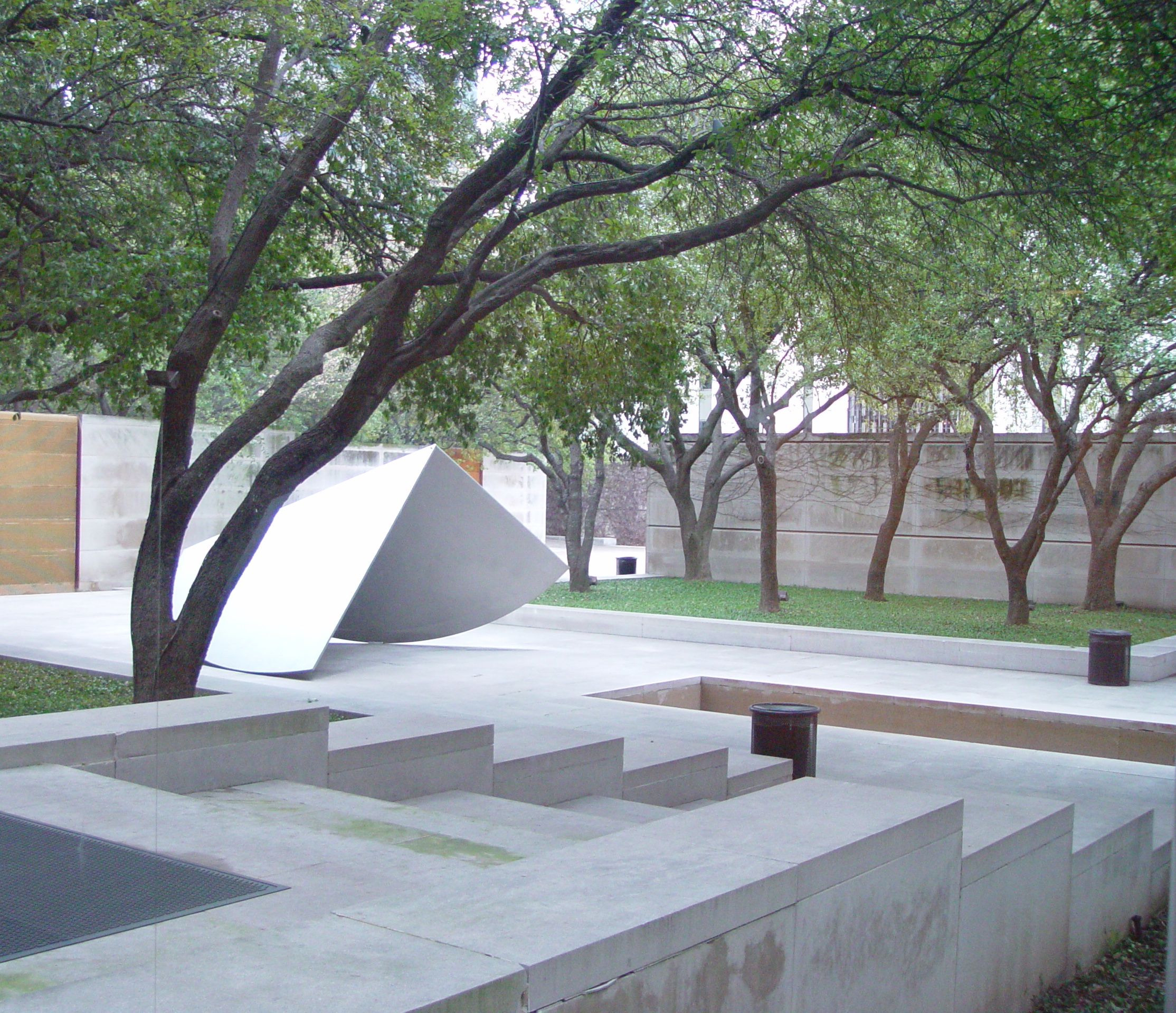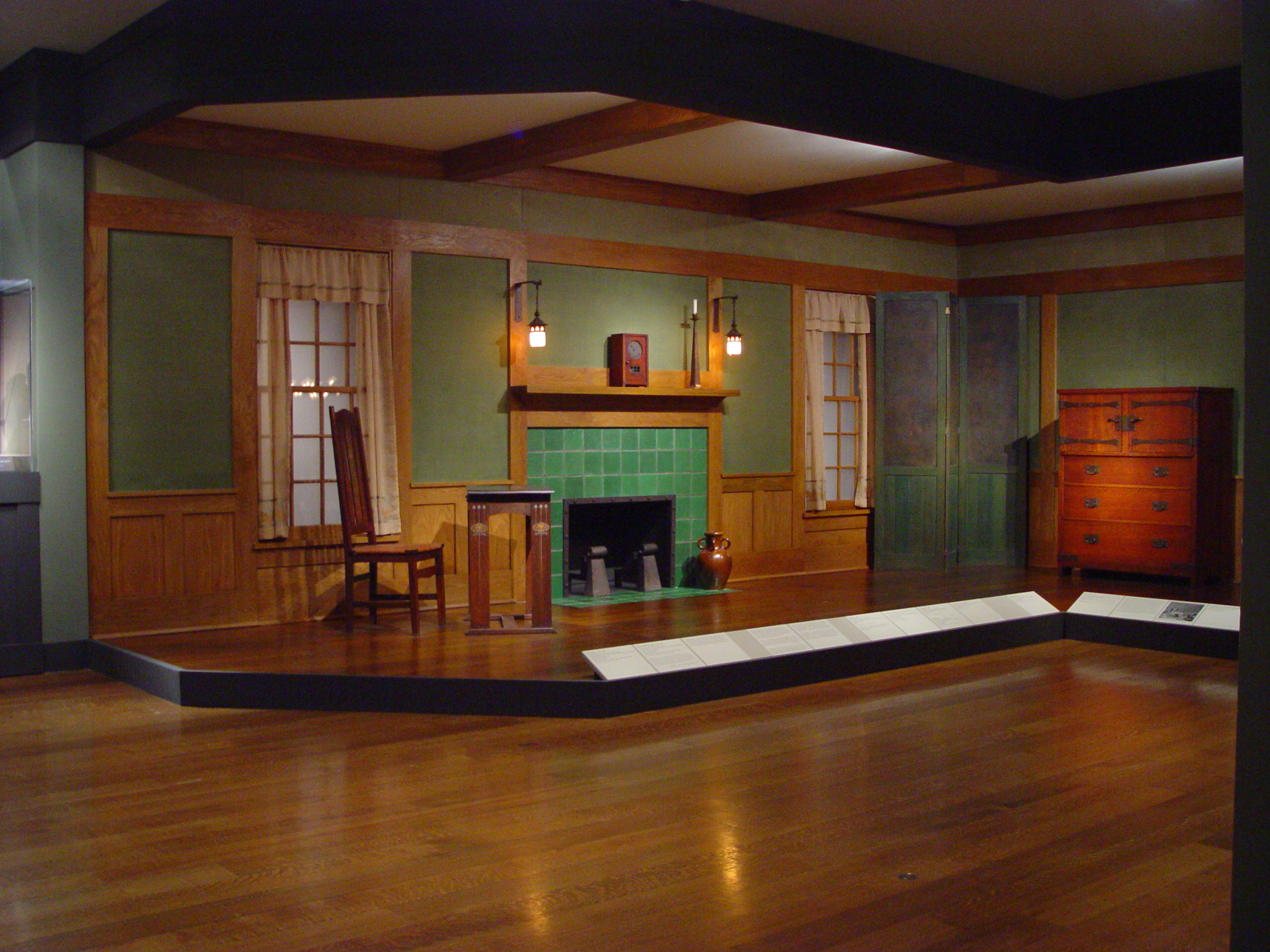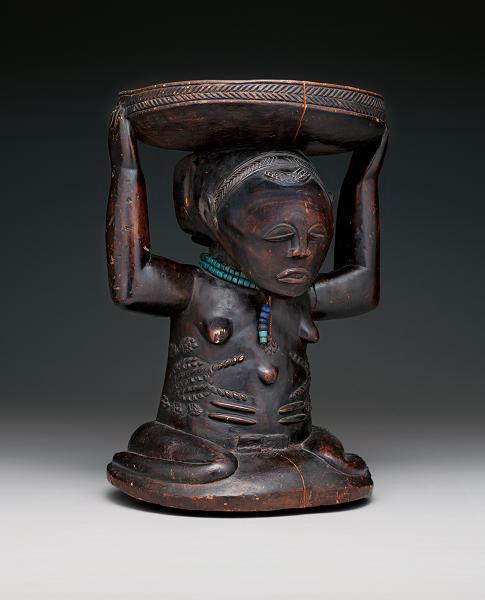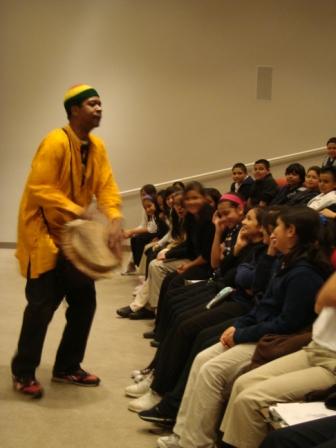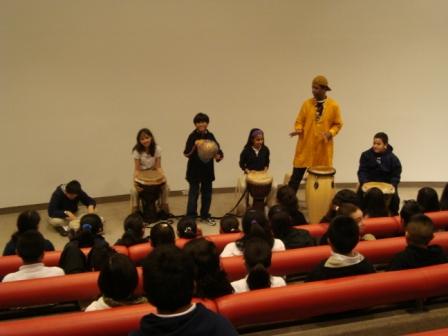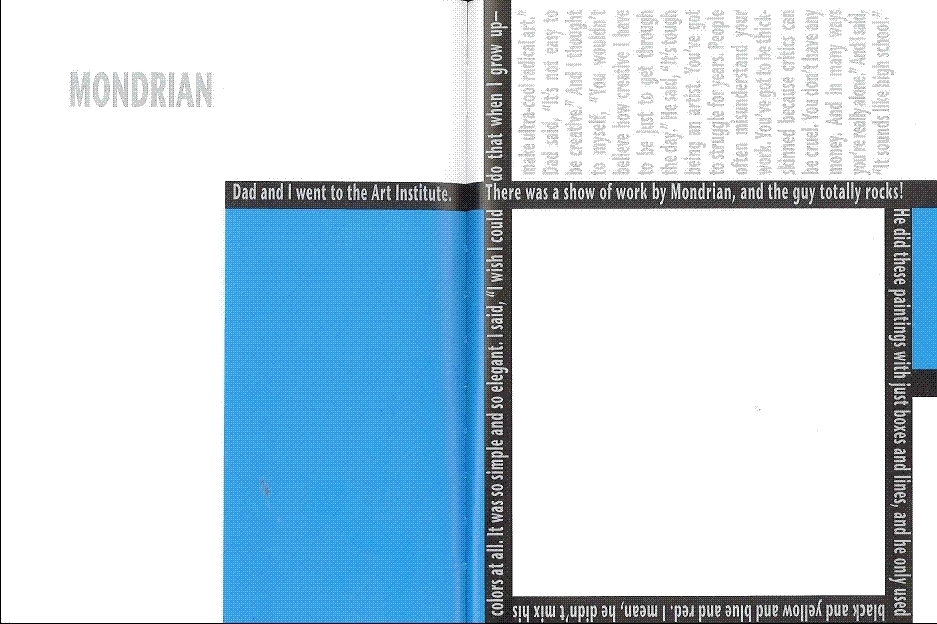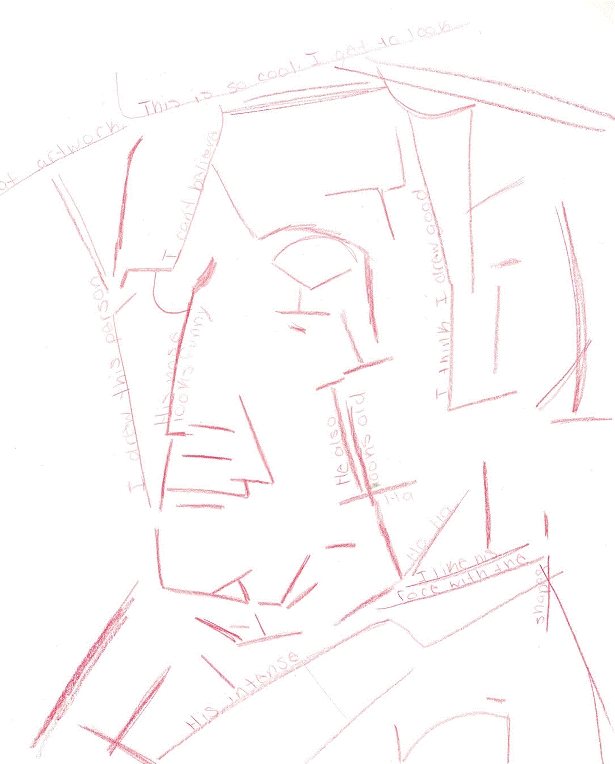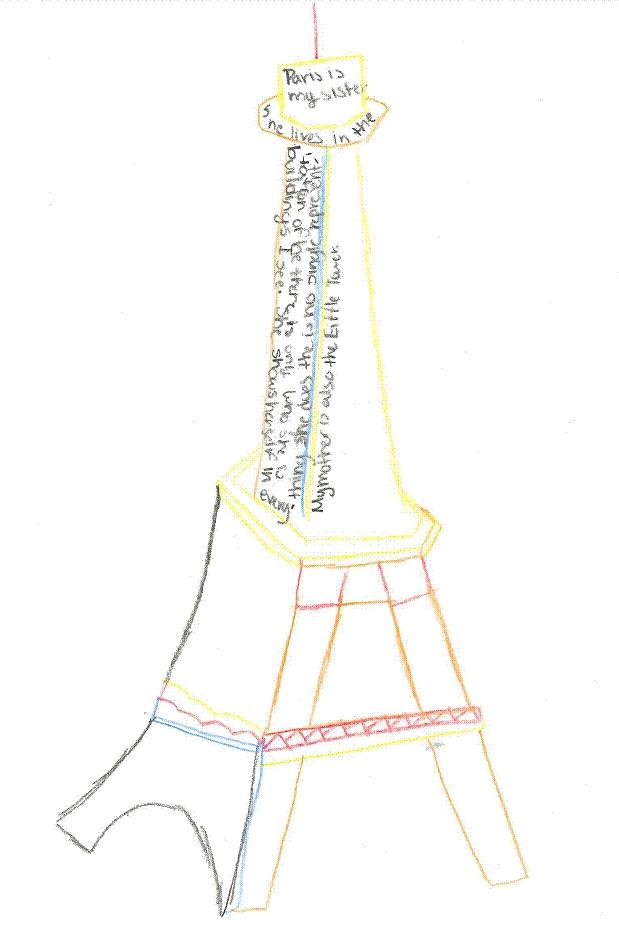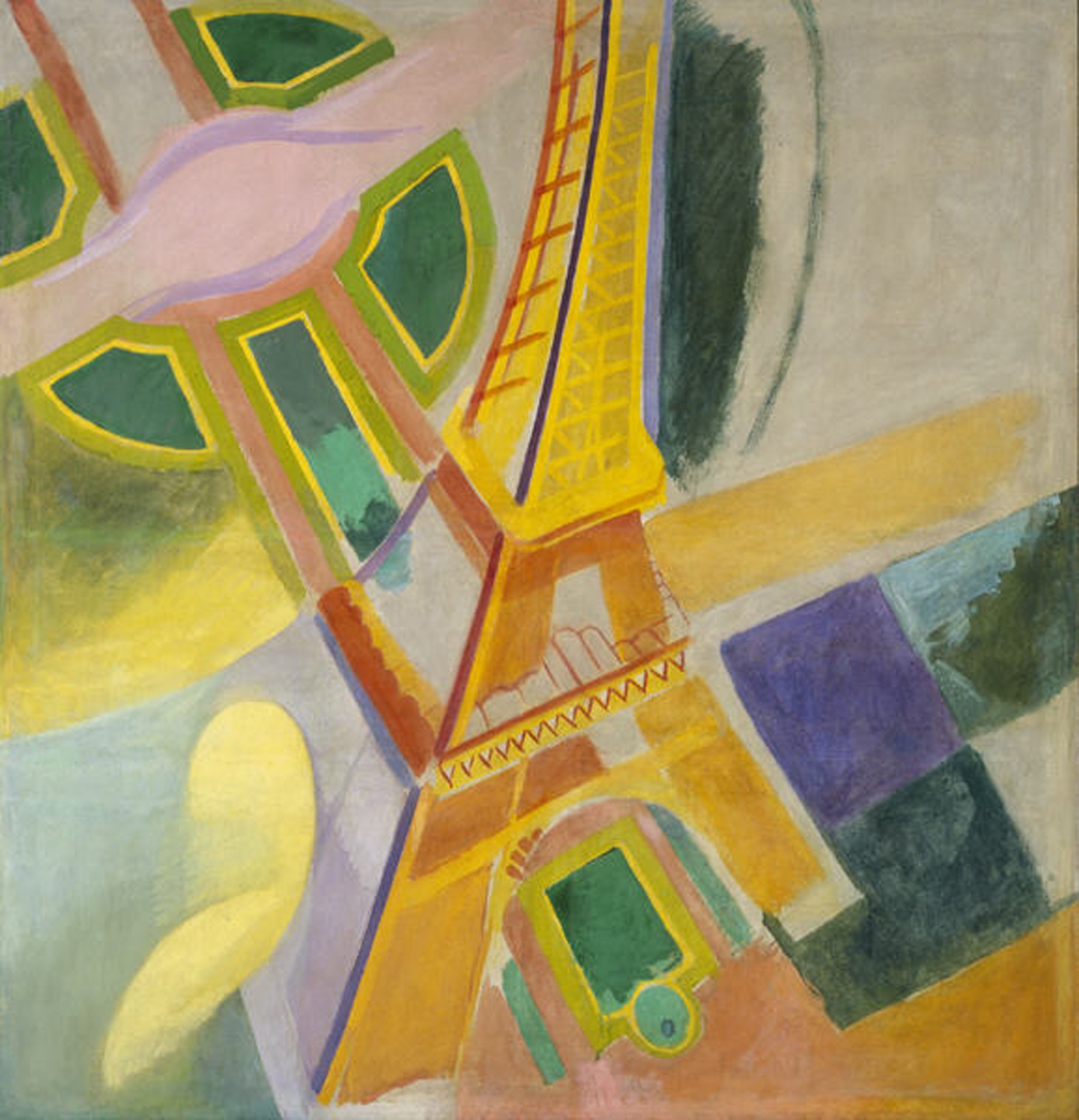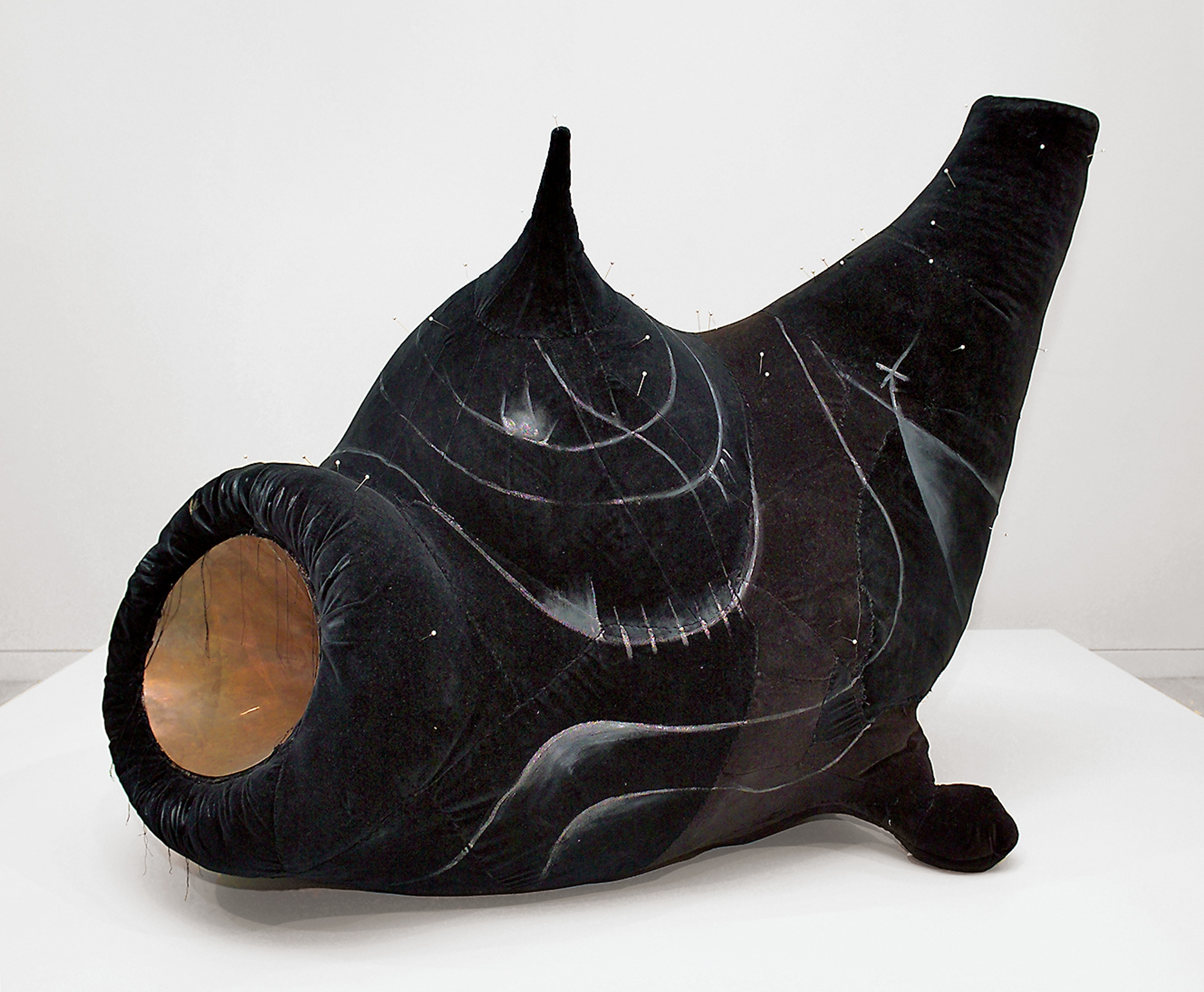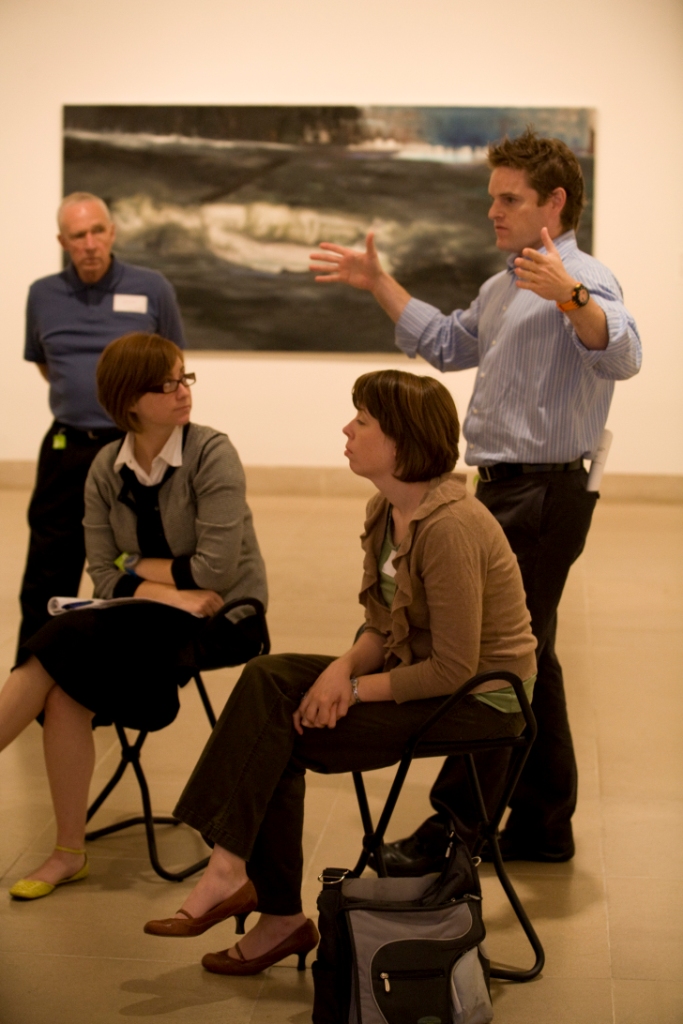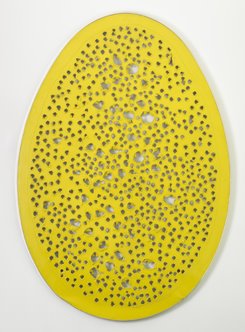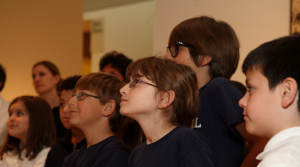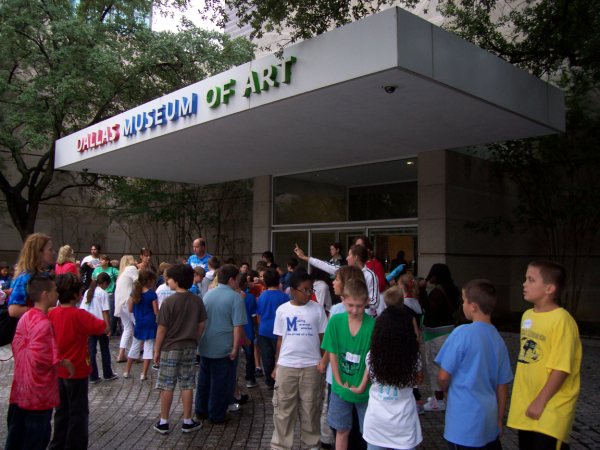Every child is an artist. The problem is how to remain an artist once we grow up.
The halls and galleries of the DMA fill up this spring with two installations of creative work by young artists in the community. Earlier this month, the Young Masters exhibition opened in the Dallas Museum of Art’s Concourse. The exhibition features a selection of artworks created by Advanced Placement Art students from Dallas area high schools who participate in the O’Donnell Foundation AP Studio Arts Incentive Program. The Incentive Program focuses on making Texas the strongest state in AP arts education and preparing students for life in the 21st century as critical thinkers with global perspectives. A total 280 works were submitted for the juried exhibition, which included two rounds of judging. The DMA’s own Jeffrey Grove, Senior Hoffman Family Curator of Contemporary Art, selected the final winners. Katy Wood from Booker T. Washington High School took away top honors with her self-portrait Looking Glass Self, a color digital photograph. In her statement Katy says. “Psychology greatly influences my artwork. In this piece, I explored a psychological theory called ‘looking-glass self’, in which one’s self can be reflected by the society and environment’s perceptions.” Images by additional award winners are featured on the AP Arts Web site.
In April, the work of young artists from fourteen elementary, middle, and high schools in the Dallas area will be on display in conjunction with the exhibition Coastlines. These artists are part of the Young Artist’s Program, an education-based initiative presented with the Museum’s annual fundraising event the Art Ball. Each year the Art Ball provides essential funding for the DMA’s exhibitions programs and gives students throughout Dallas an opportunity to make art in response to a unique theme derived from a DMA exhibition. Inspired by images of coastal landscapes and the sea, many of the schools participating in the Young Artist’s Program this year are creating large-scale collaborative works that will fill gallery spaces on the first floor. Works in all media will be on view to the public from April 15 to April 24, 2010, and the exhibition will be accompanied by a video documentation of students working.
Nicole Stutzman
Director of Teaching Programs and Partnerships
